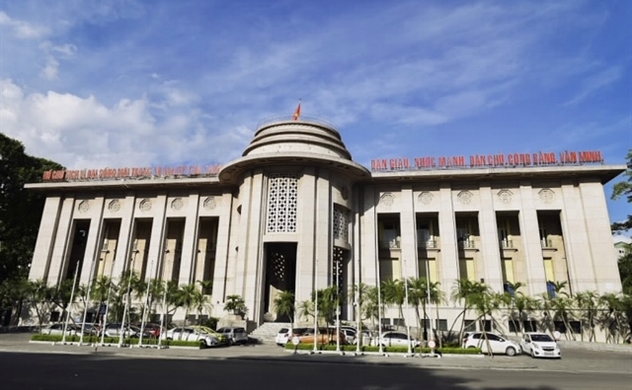Central bank buys dollars to increase reserves after a selloff

the State Bank of Vietnam (SBV) (Photo: Internet)
The amount of Vietnam's foreign exchange reserves are not routinely disclosed. It estimated the amount at $100 billion for late 2021.
The State Bank of Vietnam (SBV) was compelled to sell a sizable quantity of US dollars to the market earlier this year to maintain the dong, which has fallen to record lows recently as a result of capital outflows as the US Federal Reserve hikes interest rates frequently to control inflation.
Market experts estimated that the SBV had sold about $20 billion worth.
Strong inflows of foreign direct investment and a sizable trade surplus this year have assisted in containing the dong's decline versus the dollar, which has fallen by approximately 3% so far this year.
SBV stated that non-performing loans in the banking sector were under control and that the inflation rate should be around 4% in 2022.
In order to "stabilize the monetary and foreign exchange markets to maintain the safety of the financial system," the SBV stated that it will manage monetary policy in a flexible manner to keep inflation at 4.5% in next year.
As of Dec. 21, lending by Vietnamese banks has increased by 12.87% from the end of the previous year.
Following a credit crisis in the real estate industry and its financial markets, the central bank lifted its 14% maximum on credit growth for the banking system this year by 1.5 to 2.0 percentage points at the beginning of the month.
With 8% GDP growth expected this year, Vietnam boasts one of the fastest-growing economies in Asia, supported by robust manufacturing and exports. Strong credit growth is also a major factor in its economic expansion.
The nation in Southeast Asia is anticipated to have an $11 billion trade surplus this year.
Foreign direct investment inflows are anticipated to increase by 13.5% from last year to $22.4 billion, according to the government.
Source: Reuters

 TIẾNG VIỆT
TIẾNG VIỆT 

_131447820.png)














